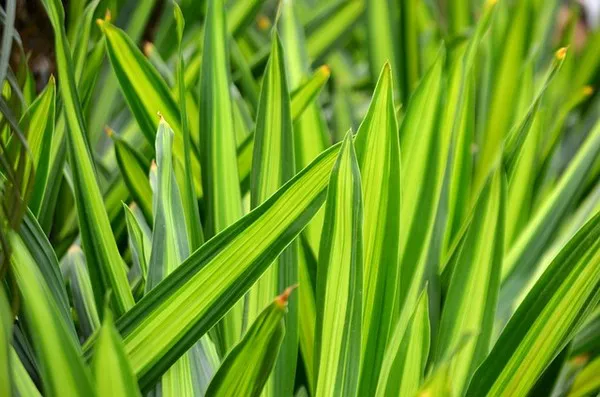A recent study published in Biology Letters, conducted by researchers from the University of Bath (UK) and Universidad Nacional Autónoma de México (Mexico), sheds light on the resilience of flowering plants after the mass extinction event that wiped out the dinosaurs 66 million years ago. While these plants did experience some species loss during the event, it ultimately propelled them to become the dominant plant type we see today.
Mass extinctions, including the well-known event triggered by an asteroid impact 66 million years ago, have significantly influenced the course of life on Earth. The Cretaceous-Paleogene (K-Pg) extinction event decimated at least 75% of all species, including dinosaurs. However, the impact on flowering plants, or angiosperms, remained unclear due to the scarcity of plant fossils.
Dr. Jamie Thompson from the Milner Centre for Evolution and Dr. Santiago Ramírez-Barahona from Universidad Nacional Autónoma de México used sophisticated molecular analysis to reconstruct evolutionary relationships among up to 73,000 existing species of flowering plants. Employing statistical methods and “birth-death” models, they estimated extinction rates over geological time.
The study revealed that although many plant species vanished, their larger groups, such as families and orders, endured and thrived. Today, approximately 300,000 of the roughly 400,000 plant species are flowering plants. Molecular clock evidence suggests that the majority of angiosperm families already existed before the K-Pg event. Ancestors of various plant species, including orchids, magnolias, and mints, coexisted with dinosaurs.
Dr. Thompson noted, “Following the widespread extinction event at K-Pg, angiosperms seized the opportunity, akin to how mammals thrived after the dinosaur era. Today, nearly all life on Earth depends on flowering plants ecologically.”
What endowed flowering plants with the resilience to endure such cataclysmic events despite their immobility and reliance on sunlight for sustenance?
Dr. Ramírez-Barahona explained, “Flowering plants possess an extraordinary adaptability. They employ diverse mechanisms for seed dispersal and pollination, some have duplicated their entire genomes, and others have evolved novel photosynthesis methods. This ‘flower power’ is what truly distinguishes them as nature’s survivors.”


